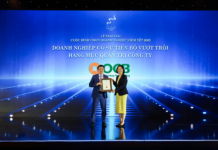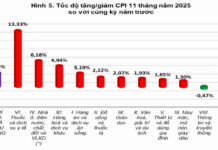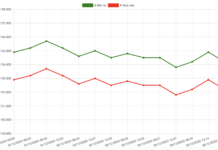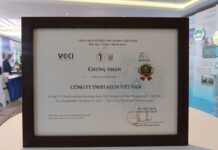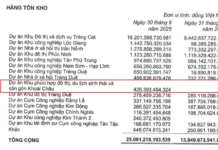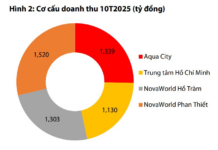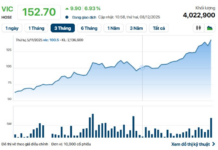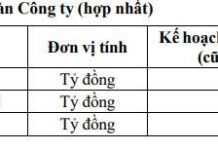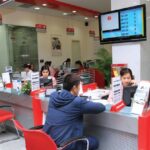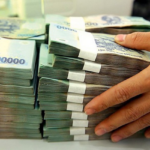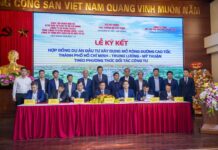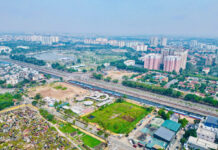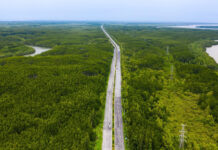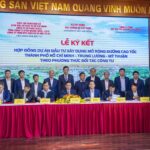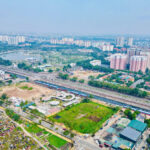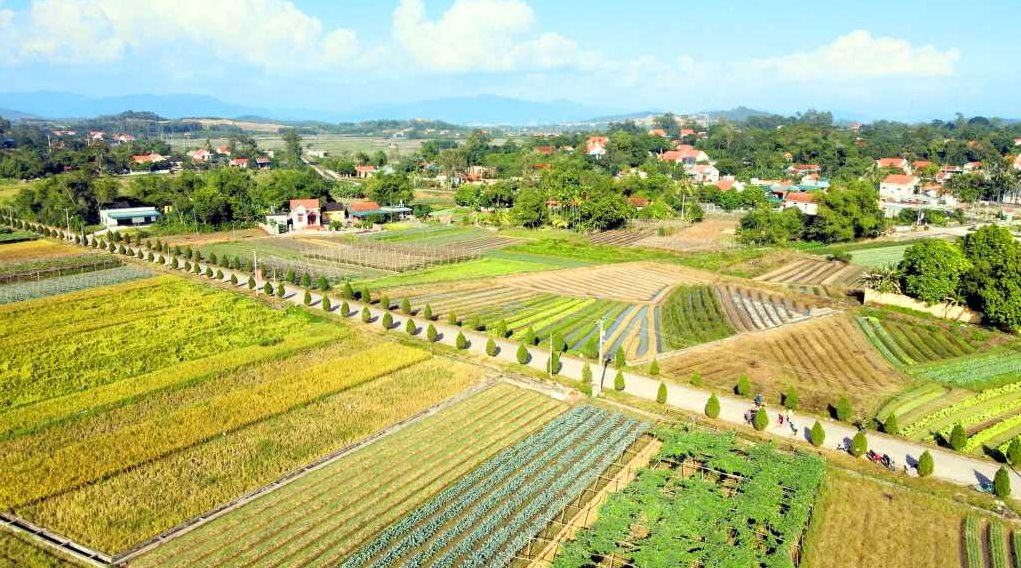
During the feudal era, Tiền An consisted of just three villages. In 1963, with the establishment of Quảng Ninh Province, it became part of Yên Hưng District. Then, in November 2011, the Prime Minister issued a resolution approving the establishment of Quảng Yên Town, with Tiền An as one of its 19 communes and wards.
Located 3 kilometers east of Quảng Yên’s bustling town center, Tiền An sits within the dynamic coastal economic zone of western Quảng Ninh. Once a desolate swampy area, the pioneers of Tiền An toiled tirelessly to transform it into the prosperous and fertile land it is today through diligent land reclamation and the construction of dikes to prevent saltwater intrusion.
Agriculture is the backbone of Tiền An, and its vast arable land serves as the cornerstone of its thriving agricultural industry. The commune boasts a substantial area dedicated to vegetable cultivation, with over 1,000 hectares of land producing a diverse array of crops. Of this, more than 170 hectares are allocated for growing safe and nutritious vegetables.
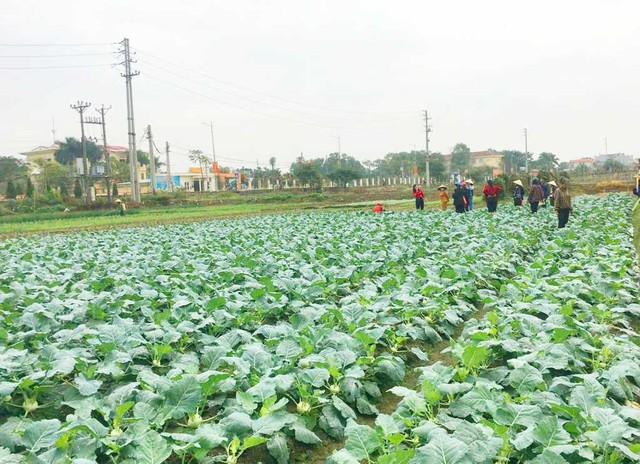
Quảng Yên’s safe vegetables come in a wide range of varieties, including leafy greens, root and stem vegetables, edible flowers, and fruits and seeds. During the winter crop, you’ll find crops like cabbage, cauliflower, turnips, Chinese cabbage, lettuce, and tomatoes, while the spring and summer bring an abundance of gourds, melons, cucumbers, leafy greens, and more.
In addition to its agricultural prowess, Tiền An has made significant strides in adopting modern farming practices. The commune has embraced safe vegetable production, implemented the VietGAP process, and introduced new high-value crops. It has successfully linked production with the consumption of key agricultural products and encouraged the use of advanced scientific techniques, such as greenhouses, drip irrigation systems, and automatic fertilizer application, to enhance the value of its produce.
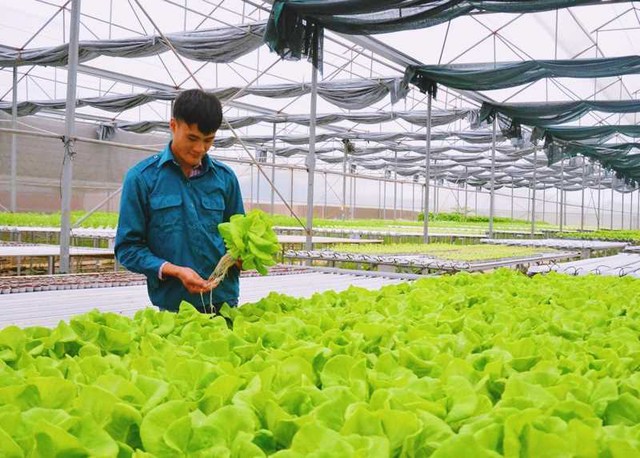
A local enterprise’s hydroponic vegetable production greenhouse.
According to statistics published by the Quảng Ninh Electronic Newspaper at the end of 2022, Tiền An boasts impressive employment figures, with a labor force participation rate of 99.9% and a skilled labor rate of 85%. The average income of the commune’s residents stands at 70.7 million VND per person per year, and the poverty rate has been reduced to a mere 0.55%, with a near-poverty rate of 4.73%.
To achieve its goal of transforming its appearance and enhancing the livelihoods of its residents, Tiền An has successfully diversified its economic structure. It has fostered the growth of industries such as small-scale industry, handicrafts, construction, trade, transportation, and agriculture-forestry-fisheries, to name a few.
In 2023, the commune’s total output value surpassed 686 billion VND. Continuing this momentum, the first nine months of 2024 saw a total output value of nearly 592 billion VND, contributing to a remarkable growth rate of over 19%. Presently, Tiền An is home to eight enterprises and one cooperative, along with over 668 production and business establishments.
Today, Tiền An stands as one of the largest vegetable producers in both the province and the town of Quảng Yên. It boasts numerous high-quality hydroponic and safe vegetable production models, as well as promising dragon fruit and Taiwanese dragon fruit cultivation models in the Chay and Giếng Đá villages, which hold the promise of substantial economic returns.
*Image source: Quảng Ninh Provincial Portal
What Challenges Lie Ahead for the 2025 Growth Target?
The National Assembly has recently approved an ambitious GDP growth target of 6.5-7% for 2025, striving for an even higher 7-7.5%. With the global economy still fraught with uncertainties, what makes Vietnam confident in aiming for such robust growth? And what potential challenges lie ahead in achieving this lofty goal?
“Interest Rates: Sustaining Stability to Support Economic Growth”
The macroeconomic stability and consistent results, coupled with the growth in deposits and credit expansion, attest to the effectiveness of the State Bank’s monetary and credit policy framework and its implementation. This solid performance is a testament to the State Bank’s successful navigation of the economic landscape, fostering an environment conducive to business growth and financial stability.
Why Do Lending Institutions Hesitate to Finance Agriculture?
The Mekong Delta region is highly vulnerable to the impacts of climate change, including rising sea levels, saltwater intrusion, and flooding. As per Mr. Tran Viet Truong, Chairman of the Can Tho People’s Committee, these risks make lending institutions hesitant to provide loans as the agricultural sector in this region is heavily dependent on weather and nature.
“Investors Demand a Transparent Business Environment and Stable Policies”
Enhancing the business environment entails a multitude of factors. Beyond mere administrative reforms, investors seek stable, holistic, and cohesive policies that provide a solid foundation for their ventures.






